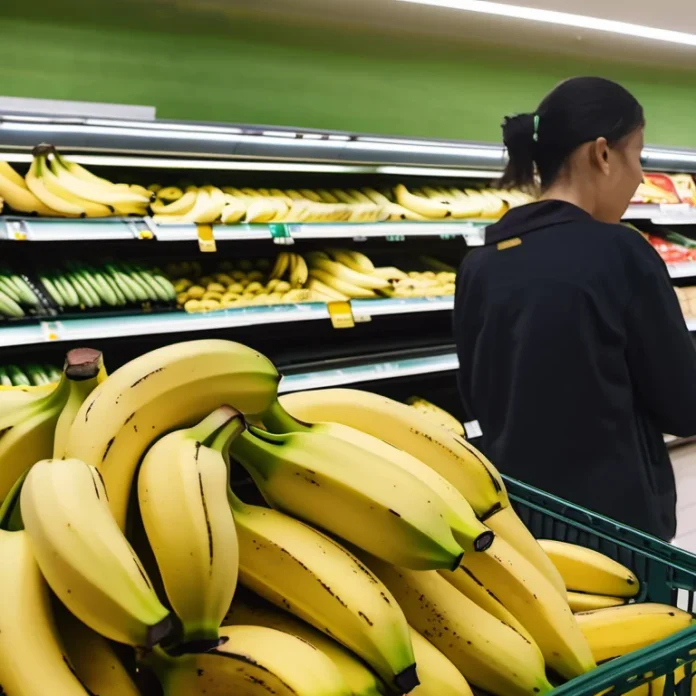What is the banana crisis?
The banana crisis is a serious threat to the global supply and demand of bananas, which are the world’s most popular fruit and a staple food for millions of people. A fungus called Tropical Race 4 (TR4) or Panama Disease infects the roots of banana plants and causes them to wilt and die. There is no cure for the disease, and it can persist in the soil for decades, making it impossible to replant bananas in the same area.
The disease has been affecting banana production in Asia, Australia, the Middle East, and Africa for the past 30 years, but it has recently reached Latin America, where most of the bananas exported to supermarkets in the global north come from. This has raised fears of a “banana pandemic” and shortages of the fruit in the near future.
Why is the banana crisis a problem?
The banana crisis poses many challenges and opportunities for the banana industry and consumers. Some of the possible impacts include:
- Economic losses and food insecurity: The banana industry is worth about $36 billion a year and employs millions of people, especially in developing countries. The disease could wipe out up to 40% of the global banana crop, affecting the income and livelihoods of banana producers and workers. Bananas are also a cheap and nutritious source of food for many people, especially in regions where other crops are scarce or expensive. The disease could reduce the availability and affordability of bananas, leading to hunger and malnutrition.
- Environmental degradation and biodiversity loss: The banana industry relies on intensive and monocultural farming practices, which use large amounts of water, pesticides, and fertilizers. These methods have negative effects on the environment, such as soil erosion, water pollution, and greenhouse gas emissions. The disease could worsen these problems, as farmers may resort to more chemicals and deforestation to cope with the disease. The disease could also reduce the genetic diversity of bananas, as it affects the most widely grown variety, the Cavendish, which is a clone of a single plant. This makes bananas more vulnerable to other diseases, pests, and climate change and limits the variety and quality of bananas available to consumers.
- Social and cultural changes: Bananas are more than just a fruit; they are also a symbol of culture and identity for many people. Bananas have a long and rich history of trade, colonization, and resistance, and they have influenced the cuisine, art, and literature of many regions. The disease could affect the cultural and social value of bananas, as they may become less accessible, diverse, and enjoyable.
How can we solve the banana crisis?
The banana crisis is a complex and urgent problem that requires collective action and innovation from all stakeholders, including farmers, scientists, policymakers, businesses and consumers. Some of the possible solutions include:
- Developing new varieties of bananas that are resistant to TR4 and other diseases, as well as more diverse, nutritious and flavorful. This could be done through conventional breeding, genetic modification or gene editing. However, this process could take years or decades, and it may face regulatory, ethical and social barriers, especially regarding the use of biotechnology.
- Adopting more sustainable and resilient farming practices, such as crop rotation, intercropping, organic fertilization and biological pest control. These methods could help prevent the spread of the disease, improve soil health and biodiversity, and reduce the environmental impact of banana production. However, they may also require more labor, resources and knowledge, and they may reduce the yield and profitability of the crop.
- Diversifying the sources and markets of bananas, such as supporting small-scale farmers, local varieties and fair trade. This could help increase the income and livelihoods of banana producers, especially in developing countries, and reduce the dependence on a few large corporations and exporters. It could also offer more choices and quality to consumers, who could enjoy different types of bananas and support ethical and environmental causes. However, this may also increase the costs and risks of banana trade, and it may face competition and resistance from the dominant players in the industry.
The future of bananas depends on how we respond to this challenge, and whether we can find a balance between the economic, social and environmental aspects of banana production and consumption.

